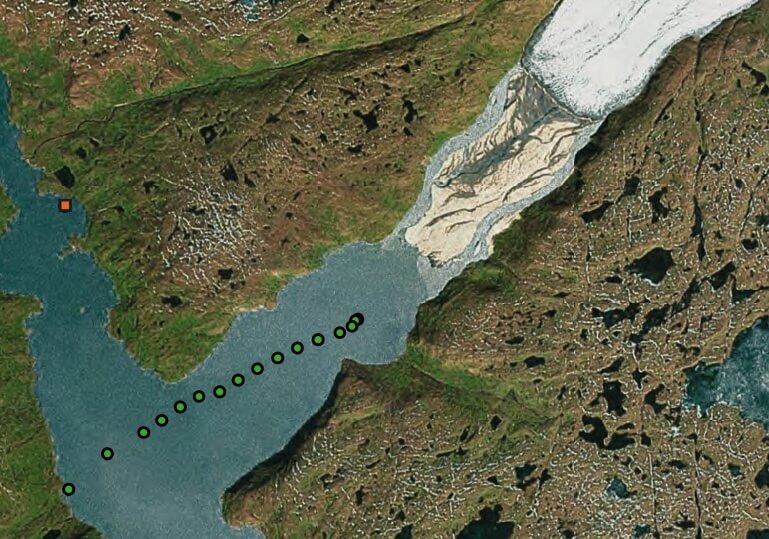
How to Cite
Share
Abstract
Global population has increased rapidly in recent decades. So far, it has been possible to feed the growing population by using more and more land for agriculture, using irrigation and artificial fertilisers and by improving the efficiency of agriculture. Recently the growth of the global agricultural area has slowed. However, the need for food will continue to grow markedly in coming years. This demand can no longer be met by using increasingly more land for agriculture, and in many areas it is not possible to increase crop production by irrigation (Wise 2013).
Large areas in the tropics are characterised by strongly depleted soils with low concentrations of nutrients such as nitrogen, phosphorous and potassium. In such areas, the yield of crop per hectare is much lower than the theoretical yield using optimal fertilising (Ray et al. 2013). Reducing the gap between real and potential crop productivity offers the best solution to achieve food security for the world’s rapidly growing population.
Poor soil quality in the tropics is largely due to the rapid weathering of minerals and leaching of dissolved nutrients in the warm and humid climate. If weathered minerals are not replaced by new minerals, for example due to volcanic activity, then soil fertility continues to decline over time. Therefore, it is necessary to use increasing amounts of fertilisers to feed growing populations in the tropics. Most nutrients come from geological deposits; the only exception is nitrogen, which can be extracted from the atmosphere. Nutrients that are mined constitute a limited resource. Hence the known occurrences of phosphorous can only cover the current demand for a few decades (van Vuuren et al. 2010).
In recent years, investigations have been conducted to see if the productivity of nutrient-poor soils can be improved by the application of glacial rock flour from Greenland. Rock flour in southern West Greenland consists of fine-grained silt, formed by the grinding of bedrock by stones and boulders embedded in the basal part of glaciers. Preliminary results indicate that plants cultivated in soils with rock flour can achieve increased growth (M.T. Rosing, unpublished data 2019). However, the research is still in its early days and many questions remain. We do not know why adding rock flour to soil results in increased growth. Maybe the silt fraction improves the soil properties. Also we do not know if it is feasible to mine rock flour and transport it to the tropics. As a first step towards answering some of these questions, our aim here was to simply map and sample the glacial rock flour in Tasersuaq, a large proglacial lake in southern West Greenland, c. 105 km north-east of Nuuk.










